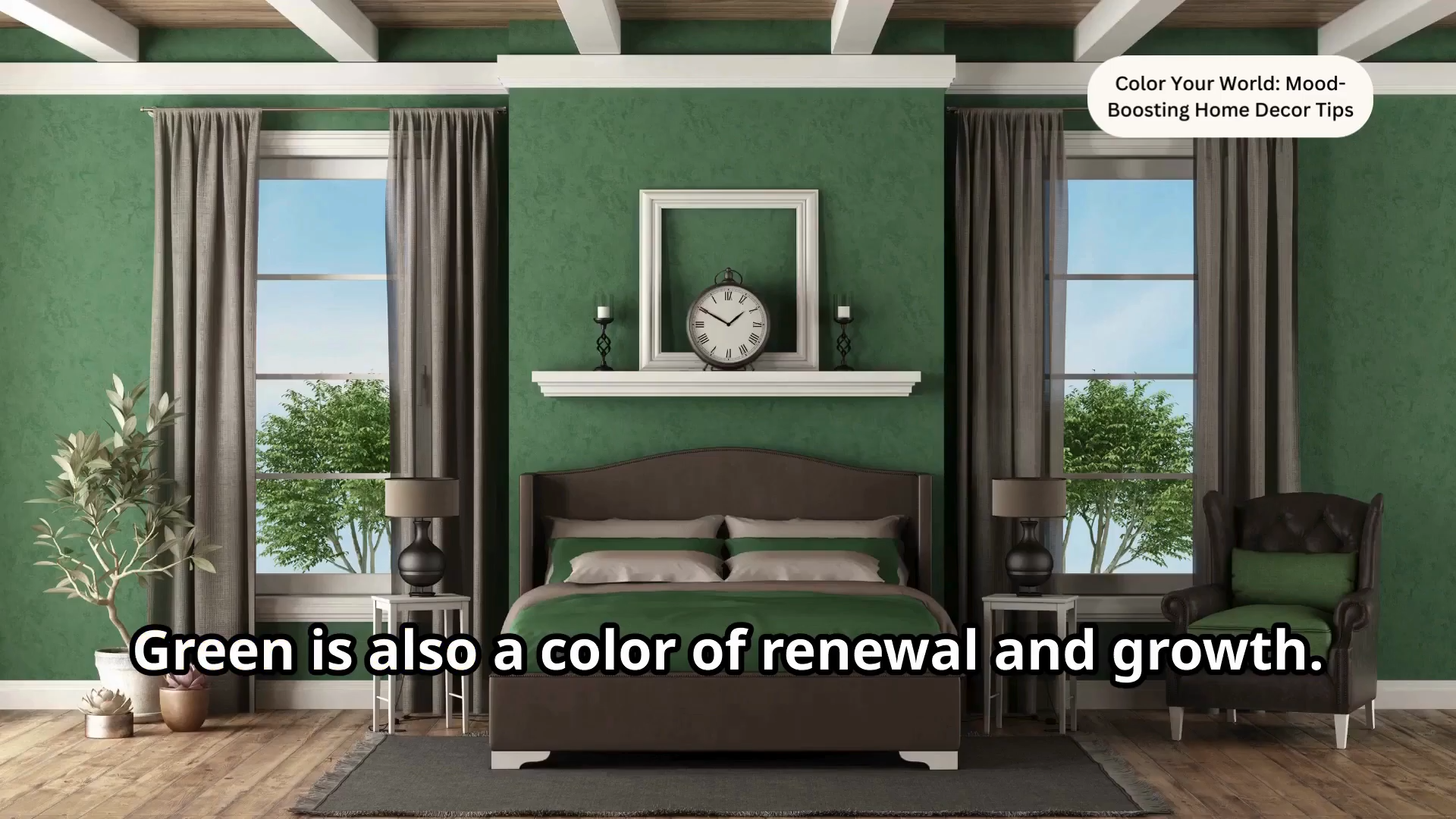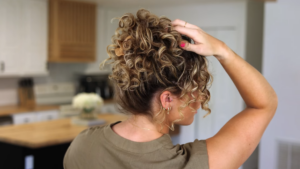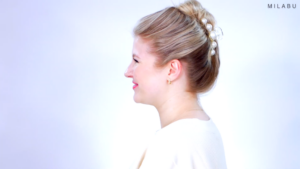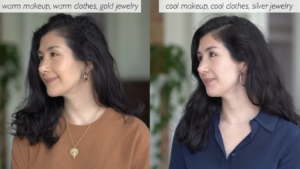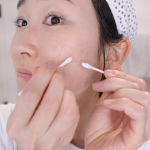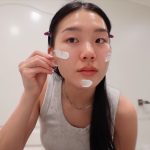Color plays a significant role in shaping our emotions and mental well-being. The right hues can uplift your mood, promote relaxation, or even boost energy levels. Whether it’s the vibrant shades in your wardrobe or the calming tones in your living space, color influences how we feel every day. By understanding the psychological effects of different colors, you can make informed choices that enhance your overall mood and well-being. This article explores how to select the perfect colors that resonate with your emotions and bring positivity into your life.
Choosing the right colors goes beyond aesthetics; it’s about creating a harmonious environment that aligns with your emotional needs. The psychology of color is an essential aspect of design, whether for fashion, home décor, or personal spaces. By deliberately incorporating specific hues, you can evoke desired emotions and achieve mental balance. This process involves recognizing how different colors affect you personally and tailoring your choices to foster a positive mindset. Let’s delve into the factors that make color selection a powerful tool for mood enhancement.
What Is Color Psychology and Why It Matters
Color psychology is the study of how colors affect human behavior and emotions. Different hues can evoke specific feelings; for instance, blue often promotes calmness, while red stimulates energy. Understanding this concept allows you to use color intentionally, whether for decorating a room or choosing an outfit. The ultimate goal is to create an environment that reflects your emotional needs and helps maintain a balanced state of mind.
The benefits of using color psychology are profound. When applied thoughtfully, colors can enhance productivity, reduce stress, and even improve sleep quality. For instance, incorporating soft greens in your bedroom can promote relaxation and restful sleep. On the other hand, vibrant yellows in your workspace may boost creativity and motivation. By understanding the psychological impact of colors, you can make informed decisions that positively influence your daily life.
How to Choose Colors That Boost Your Mood
Selecting the right colors requires careful consideration of both their psychological effects and your personal preferences. Start by identifying the moods you wish to cultivate. For relaxation, opt for cool tones like blues and greens. To energize, choose warm colors such as reds and oranges. Your personal associations with certain colors also play a role, so consider how different hues make you feel.
The purpose of choosing mood-boosting colors is to create spaces and experiences that align with your emotional goals. By surrounding yourself with the right hues, you can elevate your mood, enhance focus, or induce calmness. Whether it’s through clothing, interior design, or even digital screens, the colors you choose can have a lasting impact on your emotional well-being.
1. Applying Color Psychology in Home Décor
One effective way to apply color psychology is through home décor. Start by considering the function of each room and the mood you want to create. For a calming bedroom, soft blues or muted pastels are ideal. For a lively kitchen, vibrant yellows or cheerful greens can energize the space. The key is to use colors that align with the room’s purpose while supporting your emotional needs.
2. Using Color in Personal Style for Emotional Well-being
Color can also be a powerful tool in your personal style. When selecting clothing or accessories, think about the emotions you want to evoke. Wearing bold reds can make you feel confident, while soothing neutrals might provide a sense of comfort. By aligning your wardrobe with your emotional goals, you can use color as a daily mood enhancer.
Embracing the Power of Color for a Happier Life
Understanding the connection between color and emotion empowers you to make choices that positively influence your mood. Whether through home décor or fashion, the colors you surround yourself with can have a profound impact on your mental well-being. By deliberately selecting hues that align with your emotional needs, you create an environment that supports a happier, more balanced life.
Harnessing the power of color is a simple yet effective way to enhance your everyday experiences. As you become more mindful of how different colors affect you, you’ll gain the ability to shape your surroundings to better suit your emotional state. Embrace the transformative power of color and let it guide you toward a brighter, more positive future.

